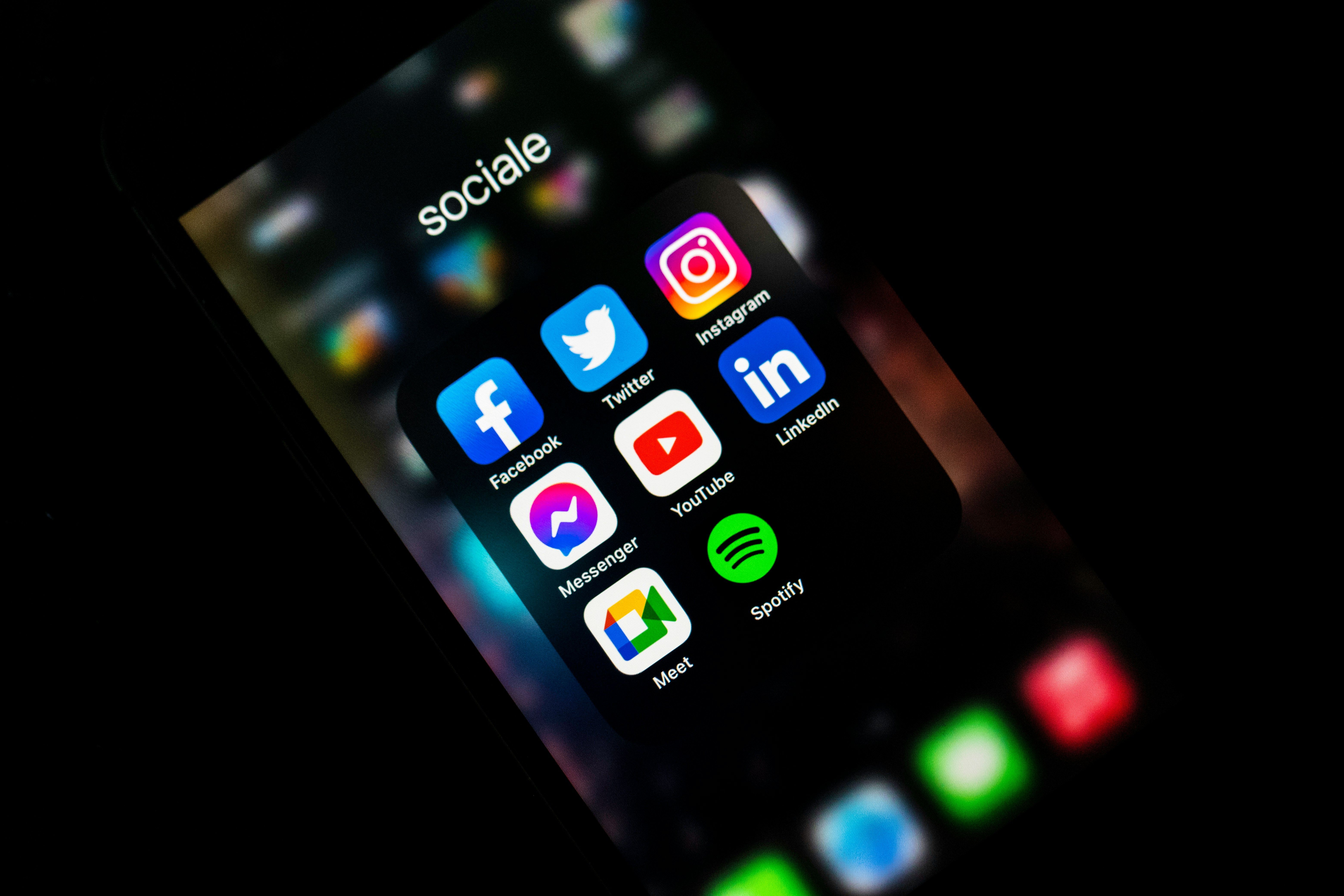Social media platforms are continuously evolving, introducing new features and policies that impact both users and the digital ecosystem. Recently, some changes have come from X, formerly known as Twitter, which has revamped its content policy to allow NSFW content. Meanwhile, Instagram is testing unskippable ads thus affecting user experience.
X Platform Officially Allows NSFW Content

Photo by Julio Tirado on Unsplash
New rules and regulations for NSFW content on X
X has updated its content guidelines to officially allow NSFW content, provided it is consensually produced and distributed. According to the updated policy, users can share adult nudity or sexual behavior as long as it is appropriately labeled and not used in profile pictures or banners. Additionally, X has implemented specific user settings for those who "regularly post" NSFW content, requiring them to mark their media as sensitive. The platform has also introduced more comprehensive Adult Content and Violent Content policies, improving transparency and clarity in content moderation efforts. This adjustment is a result of a dip in ad sales and could potentially open up new revenue streams similar to those seen with platforms like OnlyFans.
Impact on NSFW creators and potential revenue streams
The new NSFW content policy on X could benefit creators who produce adult content. By allowing such material, X provides a new platform for these creators, many of whom may have been displaced by other services tightening restrictions on adult content, such as Tumblr and Patreon. Moreover, with the ability to label content appropriately, creators can safely share their work without incidental exposure to non-consenting users, potentially increasing engagement from targeted audiences. The monetization options, similar to those offered by OnlyFans, where followers pay for content, could lead to a lucrative influx for both the creators and X itself, notwithstanding the platform's recent challenges with advertising revenues.
The Surge of Deepfakes on Social Media

Photo by Rosa Rafael on Unsplash
Taylor Swift deepfake controversies on X
Recently, Taylor Swift was the subject of manipulated media on X, with deepfake videos falsely portraying her endorsing political messages and engaging in election denialism. These deepfakes, which had been viewed millions of times, occasionally lacked appropriate content labels, complicating efforts for clear content moderation. What Taylor Swift and other figures have been through shows us the challenges that mainstream social media platforms face with the rise of deepfake technology. Swift's case is particularly notable due to her high profile, which makes her a frequent target for such manipulations.
Response of social media platforms to manipulated media
In response to the surge of deepfakes, including those targeting Taylor Swift, X has taken several measures under its Synthetic and Manipulated Media policy. Actions include the removal and labeling of manipulated content. However, enforcement has proven challenging, especially when the manipulated content is re-shared without labels. Other platforms like YouTube and TikTok have also struggled with moderating deepfake content, often reacting only after incidents gain significant media attention.
Implications of unlabeled deepfake content
The presence of unlabeled or inadequately labeled deepfake content on social media platforms poses obvious risks. It can lead to confusion and misinformation among the public, potentially influencing public opinion and harming the reputations of individuals depicted in the deepfakes. The ethical implications are vast, including concerns over consent, truth in media, and the potential for political manipulation. As deepfake technology becomes more accessible and sophisticated, the challenge for social media platforms to implement robust detection and moderation policies grows increasingly urgent.
Spotify's Escalating Subscription Costs

Photo by Reet Talreja on Unsplash
Recent price increases for Spotify plans in the U.S.
In a recent update, Spotify has once again increased the prices of their subscription plans in the U.S., affecting Premium, Duo, and Family plans. This marks the second price hike within a year, signaling a "trend" in the subscription-based music service industry. Starting next month, Spotify Premium will jump to $11.99 per month, a $1 increase from the previous year. The Duo and Family plans will see steeper increases; Duo subscriptions will rise by $2 monthly, reaching $16.99, and Family plans will increase to $19.99 per month, up from $16.99. These adjustments represent a 20-30% rise over last year’s prices.
Comparative pricing trends and consumer reactions
Compared to other music streaming services, Spotify's latest increase sets it apart in terms of pricing strategy. Competitors like Apple Music and Amazon Music have maintained more stable pricing structures. Consumer reaction has been mixed, with some understanding the need for price adjustments due to enhanced features, while others express frustration over the continual cost increases, especially in a subscription market crowded with alternatives that offer similar services at competitive or lower prices.
Spotify's strategy and future service enhancements
Spotify defends these price increases as necessary for further investment in product innovation and feature enhancements. They hinted at new developments including a ‘Supremium’ plan offering lossless streaming among other premium features. Recent sightings of a Dolby Atmos logo within Spotify’s interface suggest imminent enhancements to audio quality, aligning with their strategy to deliver a superior listening experience that justifies the higher pricing tier.
Instagram Introduces Unskippable Ads

Photo by Souvik Banerjee on Unsplash
Description and user reaction to Instagram's new ad format
Instagram has begun testing a new ad format named "ad break," which appears unskippable and is placed mid-feed, interrupting the user's scrolling experience. These forced ads last several seconds and have sparked a lot of backlash among users. Many report closing the app out of frustration when confronted with these invasive interruptions. Despite aiming to keep users engaged, the initial reception suggests a discomfort with the disruptive nature of these ads, conflicting with the platform’s usual flow and user expectations.
Comparison with other platform's ads
This move by Instagram follows similar strategies employed by platforms like YouTube, which has long incorporated unskippable ads. However, the context of use between YouTube and Instagram differs significantly; Instagram users tend to engage with content more quickly, making ad breaks feel particularly jarring. This has put Instagram at odds with its user base, who expect a smooth, fast-paced browsing experience.
Future implications for user engagement and platform usability
The introduction of unskippable ads could have long-term effects on Instagram’s user engagement and overall platform usability. If these ads continue to disrupt user experience significantly, Instagram may face increased pressure to modify their ad strategy or risk losing active users to less intrusive platforms. This testing phase will be crucial in determining whether Instagram can implement a monetization strategy that aligns with users' expectations while sustaining or ideally enhancing user engagement levels.






